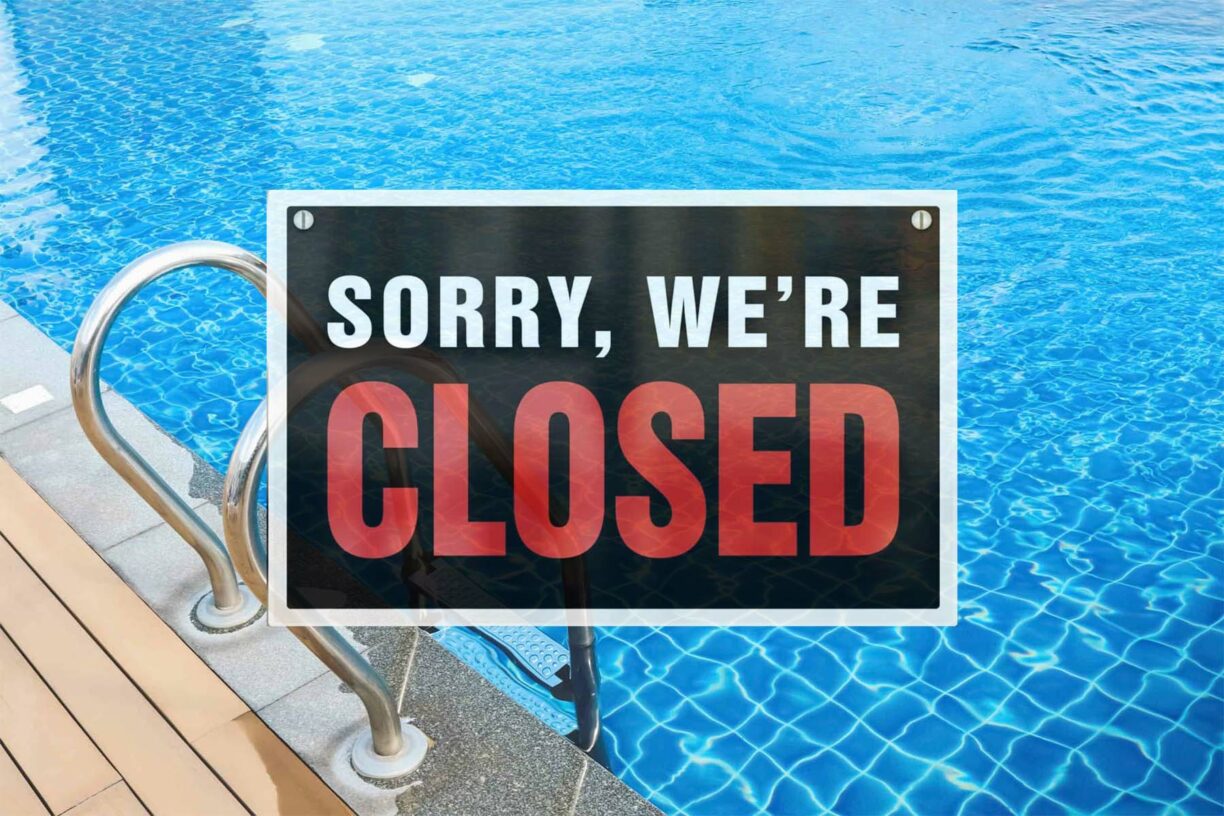Dr. Jake’s Top Tips on How to make your office safer and the questions you should be asking your boss about returning to work
1. Stay Home if You Can / Should we continue to work from home?
No matter how safe your office is, if it involves people coming together and working in close quarters, the chances of infections being transmitted is higher. So, for those who can, working from home is the most sensible option.
The world has changed and so must your office. Push for back-to-work briefs and explain make sure you’re aware of where you are expected to sanitise your hands, and what areas are out of bounds.
2. Bubble your office / Should we be working in teams?
Once you’ve determined who is coming back to work, the office should be split into zones or bubbles. It’s best if these bubbles are split by walls, but if you’re in an open-plan office, you can still zone your office by creating distance between different groups working together.
Ask your superiors if they’d considered how everyone is going to be split.
3. Ventilate / Should we keep the windows open?
How the coronavirus infects people is one of the most controversial areas of the science, but there is a growing consensus that the virus is airborne This suggests that common working areas should be very well ventilated.
Open windows wherever you can and ask everyone to keep their distance as much as possible.
5. Sanitation Points / Where should the sanitisers be?
At the entrance to each Bubble, there should be an opportunity to sanitise. If your Bubble is an open plan office and you are using partitions, make sure there is a free-standing sanitiser dispenser for every partitioned bubble
6. Make all doorways hygienic / Are doors a contamination point?
Doors are natural barriers between different zones. Even in a well set out office, they will be touched by users from different bubbles. Additionally, they are often made of materials that have been shown to harbour the coronavirus for hours if not days.
Ask your boss to replace all your pull handles with something such as the PullClean handle and add wall-mounted sanitisers near to turning, latched handles. Signage is useful, but bosses should be making sure that they are telling staff where you expect them to sanitise. If no one has told you – then ask!
7. Be aware of sign in sheets, printers, photocopiers / Should I still be hot-desking?
There are certain places in an office where visitors or staff need to touch surfaces and where this is necessarily the case, hand sanitisation must be easy and clear. For example, make sure bottles of sanitiser are available where there are sign-in sheets for visitors, next to printers and photocopiers and in any other communal areas. ‘Hot desking’ isn’t an option at the moment – tell your boss not right now.
8. Choose your sanitiser well! / What’s the best sanisiter?
At the start of the pandemic, there was a massive shortage of sanitiser and many a distillery switched to sanitiser, mostly following the WHO’s ‘formula 1’ recipe.
This is an effective sanitiser and kills all the bugs it needs to, but if you want to encourage long-term use, your bosses need to think about what your staff and their preferences. Have them test the sanitiser you mean to use.
One of the most common reasons for not sanitising in hospitals is because individuals don’t like the smell/feel of the sanitiser and worry about the effect on their skin. Tell your boss if you want to try a new sanitiser – don’t let this be a reason to stop sanitising.
9. Close kitchens and shared cafes and restaurants / should I bring in a pack lunch?
It may test the culinary skills of the nation, but workplace kitchens are shared spaces with lots of touch points and potential for infection. Sponges, taps, handles and buttons are some of the most common harbours for pathogens.
The coronavirus seems to be able to remain on these surfaces for hours, or sometimes days and so closing kitchens is the safest option. However, if you choose to keep them open, then phase access to the kitchen and make sure everybody can clean after themselves.
Also consider the entrances and exits and make sure you are washing or sanitising hands before and after using the kitchen.
10. Rethink toilets / what is the protocol with toilets?
Early studies suggest that the faeces of those infected with COVID-19 has a high ‘viral load’. This means that toilets might be particularly important sites of infection.
Limit use to one at a time, ensure good ventilation, encourage hand washing with soap and water, use paper hand towels (turn off all hand dryers!) and allow for a ‘hygienic exit’ by installing a PullClean on the toilet doors.
11. Train your cleaners / Will the cleaners be doing things differently?
Your office cleaners will keep you safe. Make sure they are trained to prioritise touch points: taps, buttons, handles. Make them responsible for ensuring all sanitisation points are kept full. And finally, make sure to thank them and make them part of the team – we’re all in this together.
13. Wear a medical mask or multi-layered cotton masks over polyester / Should I still wear a mask to the office.
…this really is the question. Masks are contentious and the guidance has not been clear. There is a lack of evidence to suggest they are effective, and it is hard to imagine that office workers will be comfortable wearing one all day.
With this said, important studies have shown how the coronavirus can be spread through coughing, sneezing and even speaking. Hence, wearing a mask until you are in your individual bubble might be a reasonable compromise. Use medical masks wherever possible and choose multi-layered cotton over polyester.
OpenClean™ Technologies is officially open for business with the launch of their hero product: the PullClean hand-sanitising Door Handle.
The innovative Door Handle design was invented by two Oxford Academics, including a Doctor who felt he did not have the opportunity to wash or sanitise his hands enough on busy shifts and who needed a solution – quickly.
PullClean replaces the door handle in its entirety. The product can be accommodated by virtually any bathroom / lavatory door and also fits to hallway and office doors. Ease of installation was a priority with each PullClean taking less than 10 minutes to have up-and-running.
The Oxford University Inventors found that hand sanitisation compliance goes up when the sanitiser is placed in the pathway of the user – once a person has to change direction to sanitise, they often forget. By installing directly onto the door, sanitisation rates more than tripled.
Visit www.openclean.co.uk for more information.





